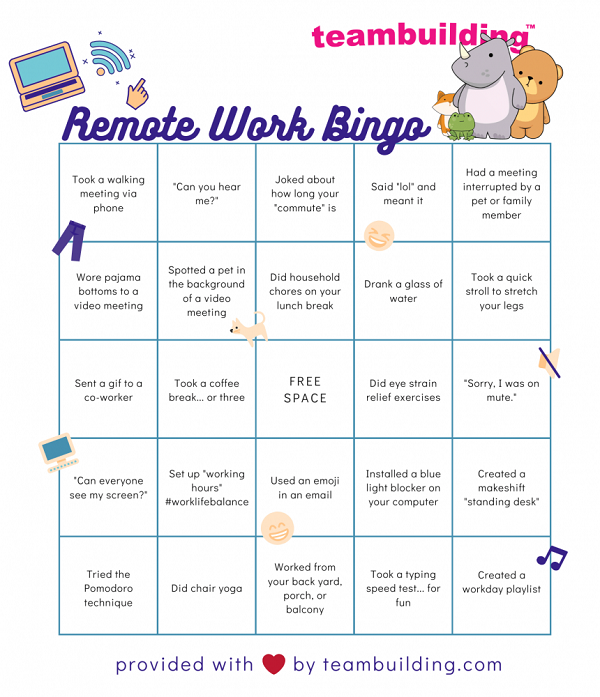Many employees do not feel fully included at work and want their organizations to do more to advance inclusion and diversity.
–McKinsey & Company
It’s probably no surprise that the feeling of inclusiveness in the workplace impacts employee engagement, productivity, relationships and the commitment to support organizational goals. A study by McKinsey & Company says:
- many employees have considered organizations’ inclusiveness while making career decisions, yet almost half of all respondents do not feel very included at their organizations
- 39% of all respondents say they have turned down or decided not to pursue a job because of a perceived lack of inclusion at an organization.
This study also found that respondents from ALL backgrounds experienced some kind of issue with inclusiveness, and the issues increased for women, ethnic and racial minorities, and those with alternative gender identities.
The Top 4 Factors For Feelings of Inclusiveness
1.Diverse, Inclusive Leadership
Having a diverse leadership team helps, but even if the leader is not part of a minority group, building cohesive and collaborative teams helps, as does having a leader that truly cares about ALL their workers.
2.Meritocracy and Initiatives to Increase Fairness in Performance Evaluations
A culture based on merit increases feelings of inclusion, but gender does play a role:
-40% of men say meritocracy has boosted their careers
-Less than one-third of women say the same
3. Sponsorship
Having a sponsor (or mentor) aids career advancement, and those with multiple supporters experience an increased feeling of inclusiveness
4. Substantive Access to Senior Leaders
The ability to have meaningful interactions with Senior Leaders increased feelings of inclusiveness, but once again gender was an issue. 57% of males reported that interacting with senior leaders helped their career growth, but that number was reduced to 45% for women.
So what can a leader do? Start by displaying inclusive behaviors. Next, make an effort to build relationships with ALL colleagues and team members, and become a sponsor/mentor for a variety of people. Also, commit to continual learning which includes keeping current with diversity and inclusion issues.
Make a difference!
A diverse mix of voices leads to better discussions, decisions,
and outcomes for everyone.
— Sundar Pichai










